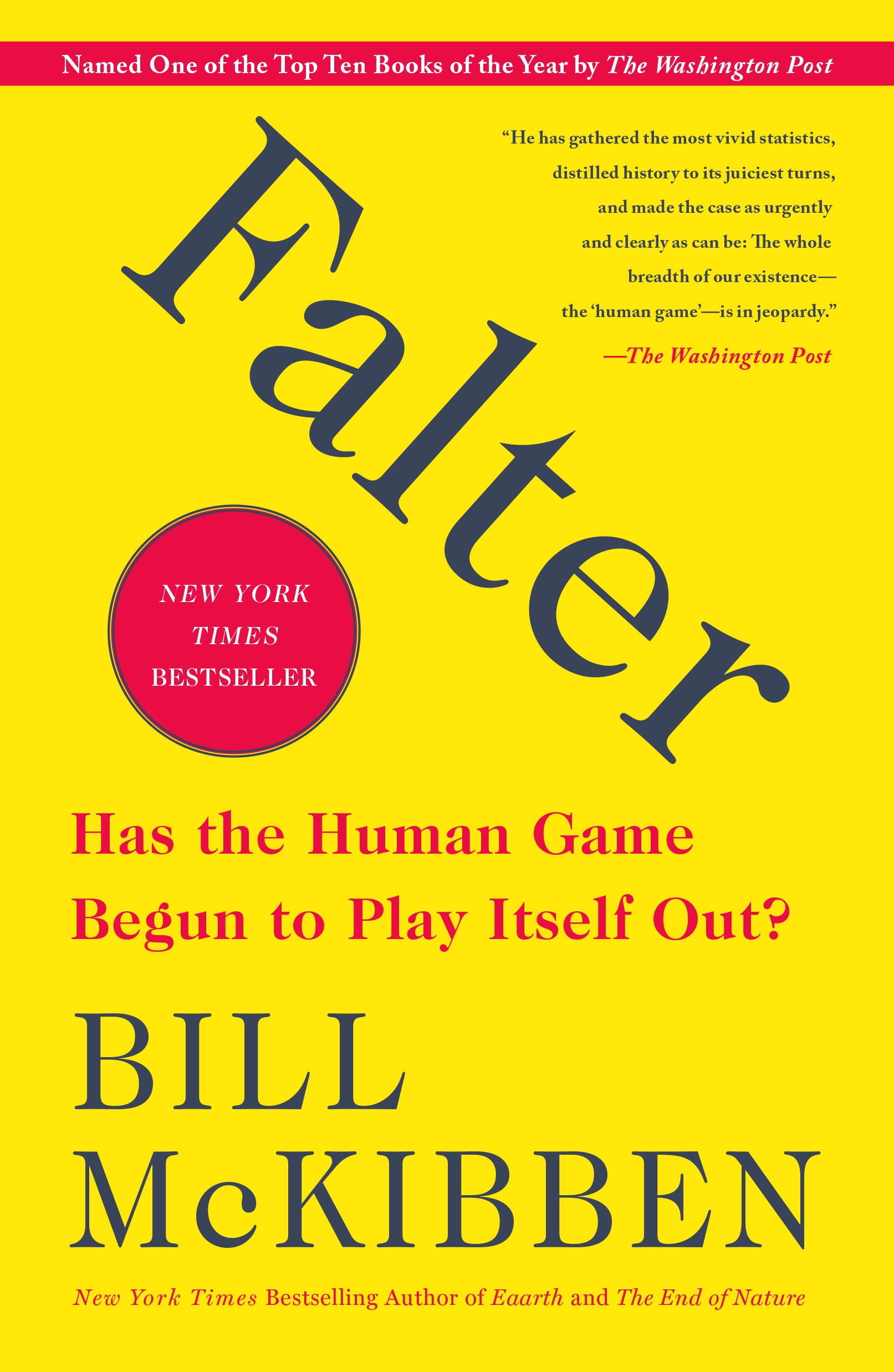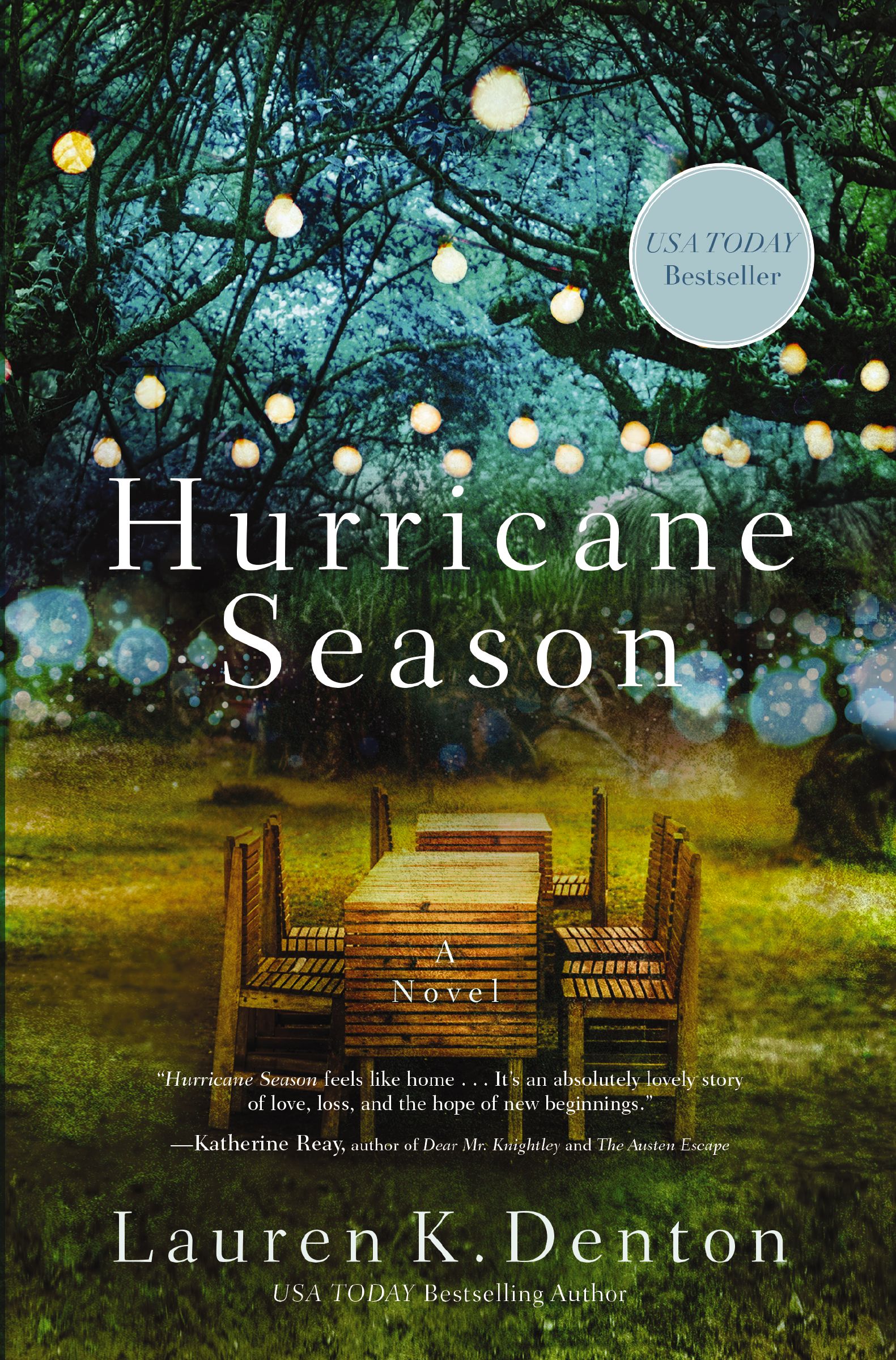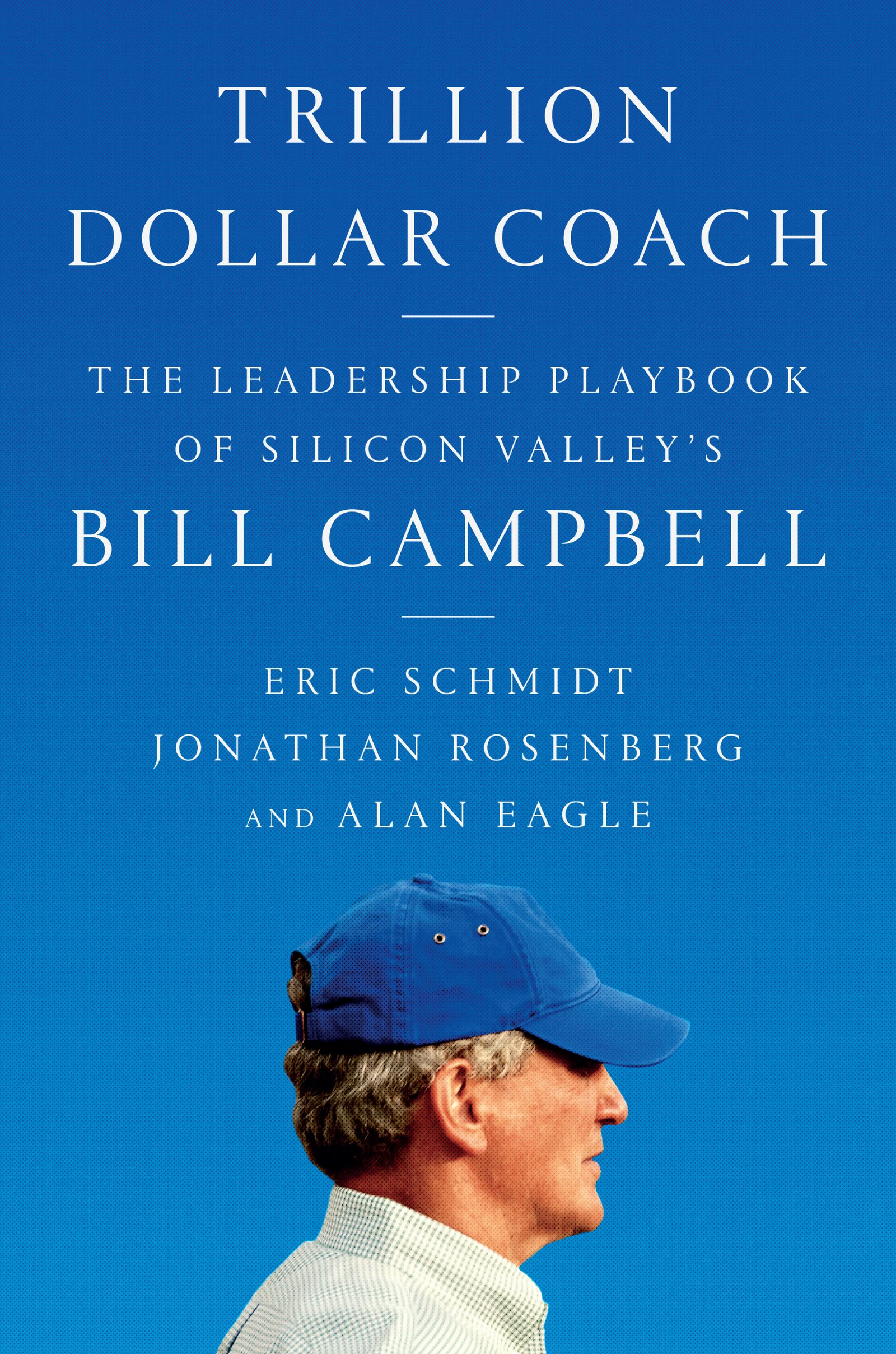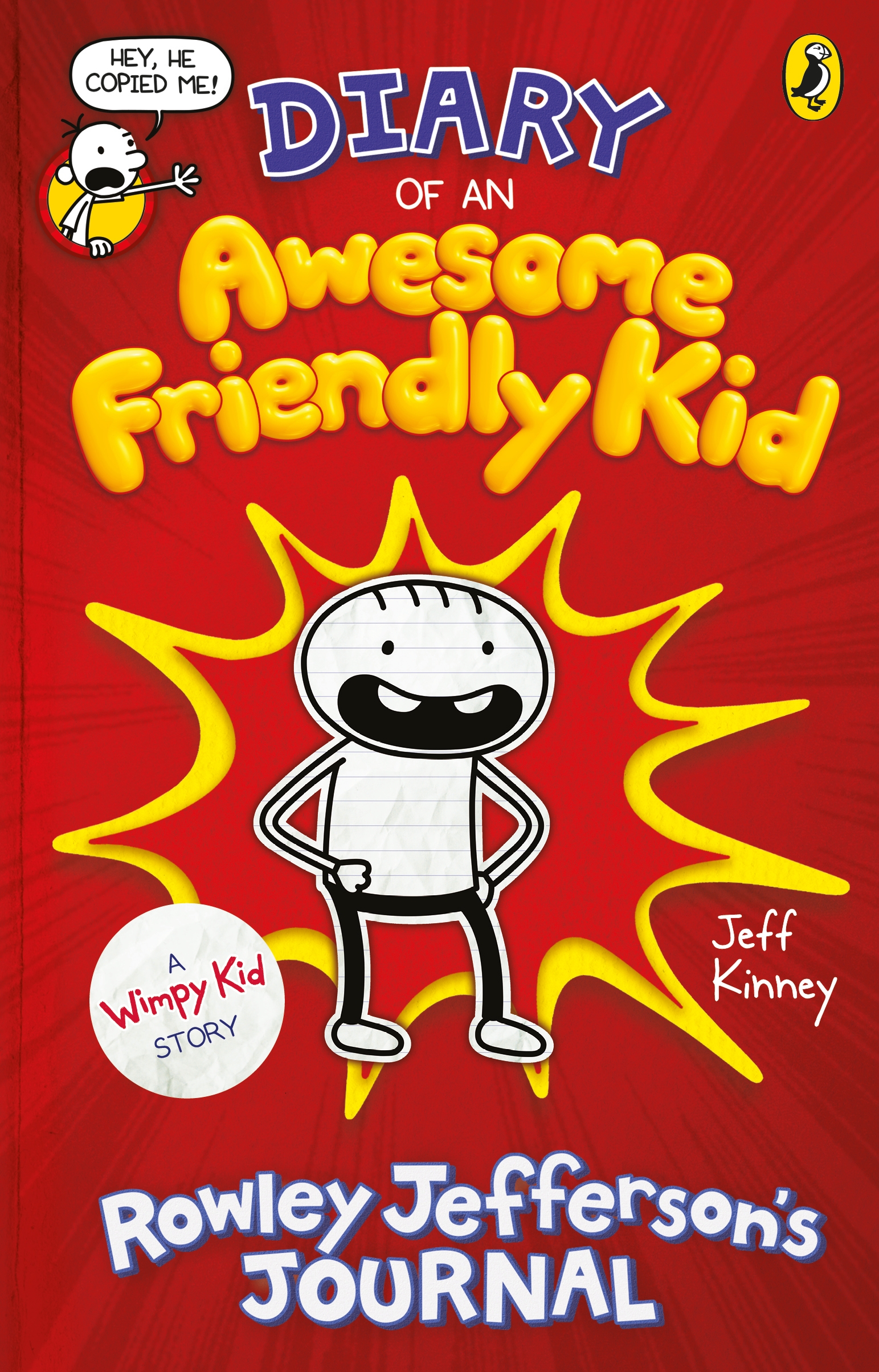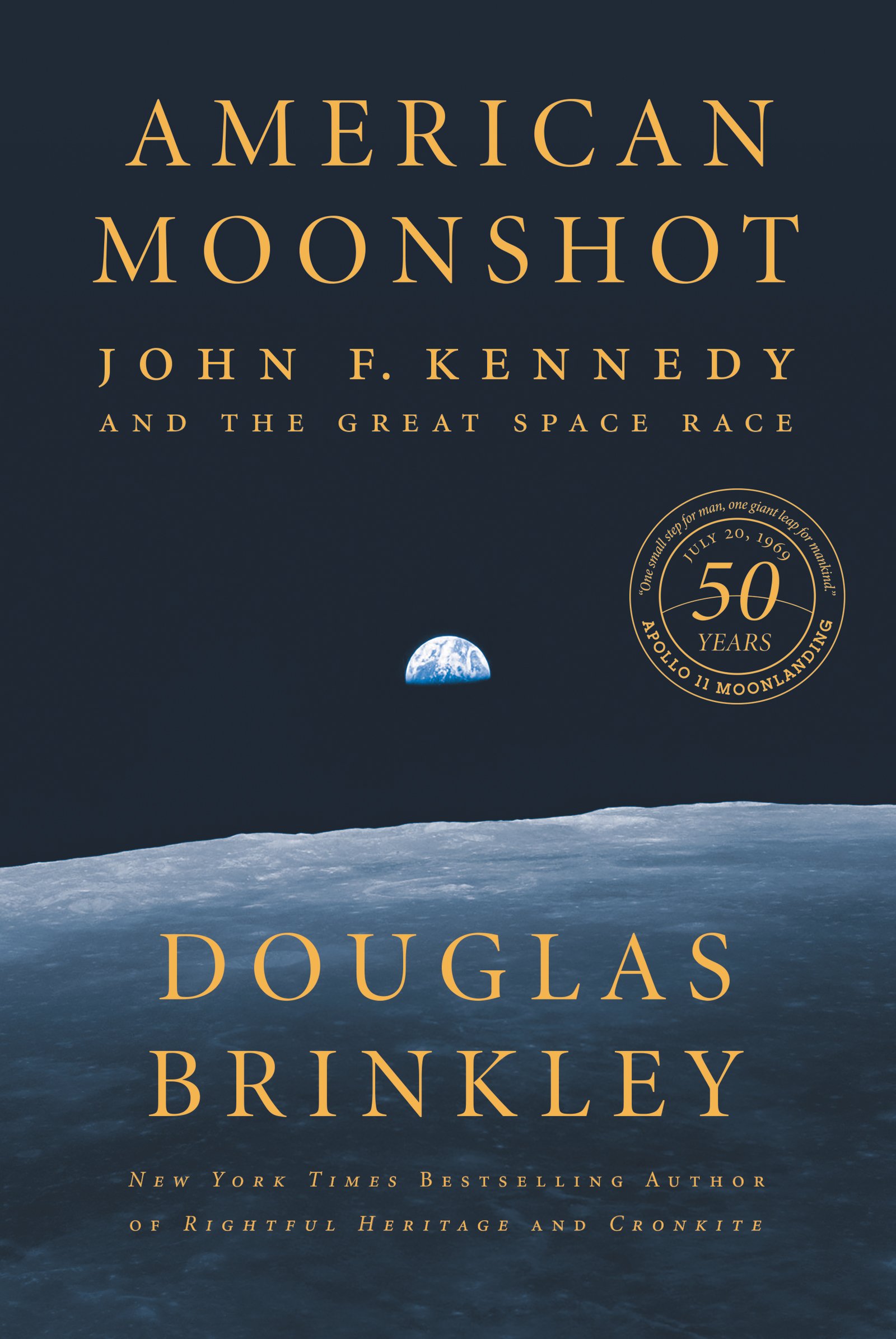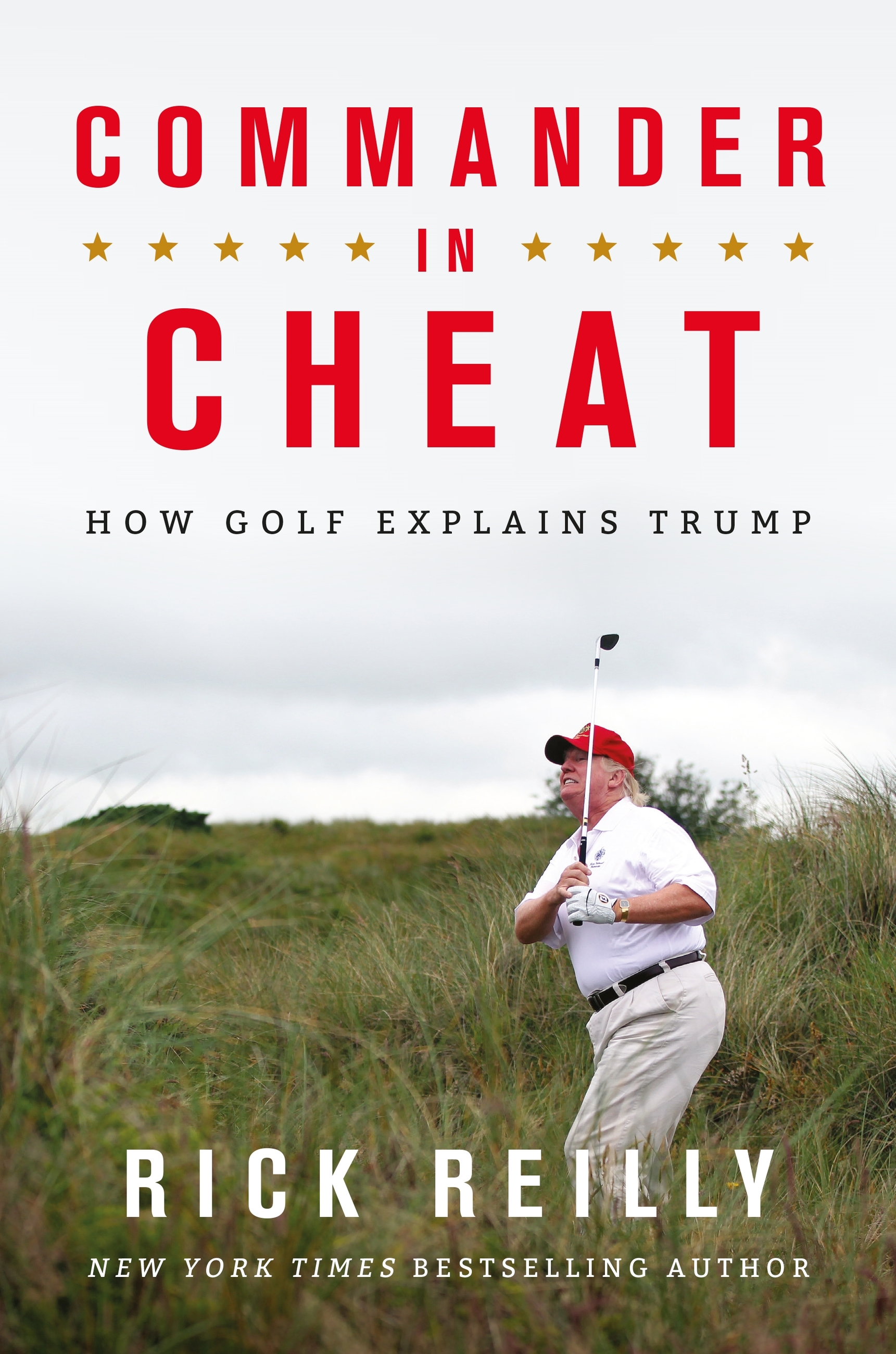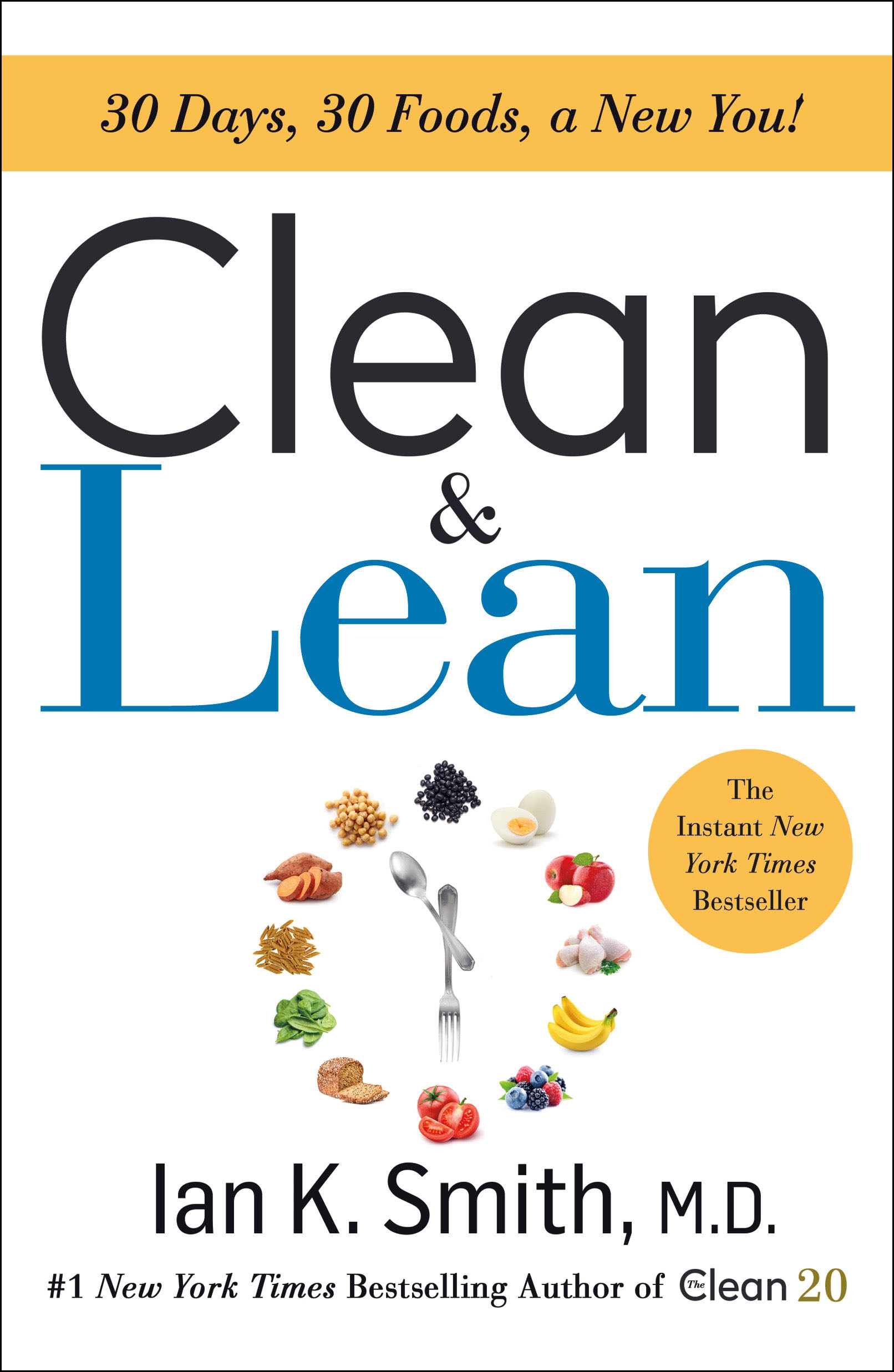
- Browse Category
Subjects
 We Begin at the EndLearn More
We Begin at the EndLearn More - Choice Picks
- Top 100 Free Books
- Blog
- Recently Added
- Submit your eBook
password reset instructions

Historians have typically thought of Populism as a radical agrarian movement. In this much-needed corrective, Pierce argues that, in Ohio, Populism was an urban, not rural, movement and that industrial workers and trade unionists formed the core of the PeopleAEs (or Populist) party. Through case studies of Cleveland, Cincinnati, and Columbus, Pierce examines the efforts of Ohio unions-especially the United Mine Workers -to protect the rights of workers, curb the abuses of corporations, and reform the stateAEs and nationAEs government through an alliance with the PeopleAEs party.Striking with the Ballot focuses on the Crisis of the 1890s: when the Panic of 1893, the Pullman strike and boycott, the arrest of Debs, CoxeyAEs march, and the failure of the nationwide coal strike threw the country into disarray. Pierce demonstrates that trade unionists in Ohio, and throughout the Industrial Midwest, responded by mobilizing politically under the banner of the PeopleAEs party. Support for the PeopleAEs party was so strong among the nationAEs trade unionists that OhioAEs leading Populist, John McBride, won the presidency of the American Federation of Labor in 1894. Ohio laborAEs reform agenda survived the subsequent collapse of the PeopleAEs party and informed laborAEs political activity through the Progressive era. Pierce offers a provocative new narrative for those interested in labor history, Populism, Progressivism, and Ohio history.
Less- File size
- Print pages
- Publisher
- Publication date
- Language
- ISBN
- 9 X 6 X 1 in
- 300
- Cornell University Press
- March 31, 2010
- English
- 9780875804187




